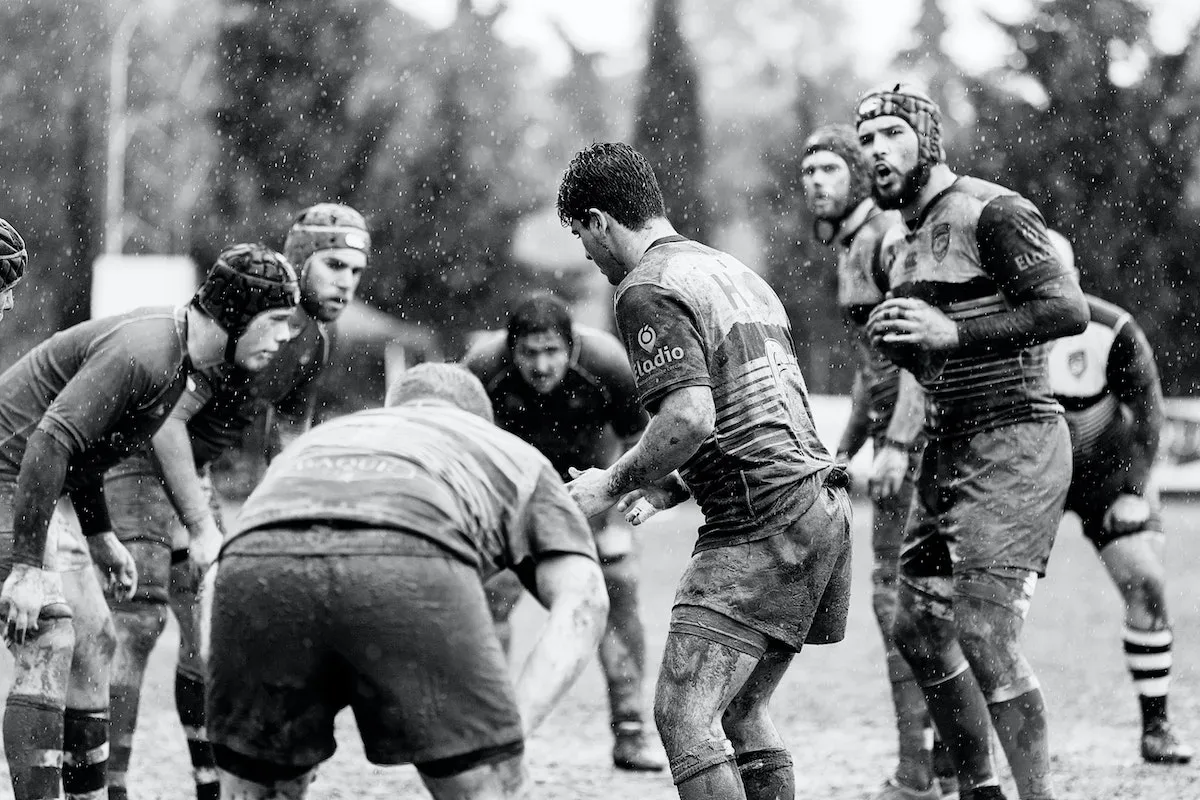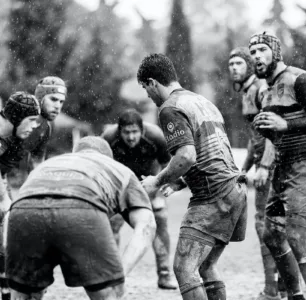Rugby is one of the most physically demanding sports in the world, requiring players to engage in full-contact tackles and scrums. With such a high level of physicality, it’s not surprising that players have always sought out ways to protect themselves from injury. One of the most popular forms of protection in rugby is the scrum cap.
Scrum caps were first introduced in the early 20th century as a way to protect players’ heads from cuts and bruises. They were initially made of leather and were simple in design, covering only the top and sides of the head. Over time, as the sport of rugby evolved and became more physical, so too did the design of scrum caps. They are now made of a variety of materials, including foam and plastic, and are designed to absorb impact and protect the head and face from injury.
One of the key benefits of scrum caps is that they are lightweight and comfortable to wear, making them a popular choice for players of all levels. They are also easy to clean and maintain, which is important for players who need to ensure that their equipment is in good condition for every game.

Another benefit of scrum caps is that they offer a level of customization. Many companies now offer a range of colours and designs, allowing players to personalise their scrum caps to match their team colours or to express their individuality.
Despite the many benefits of scrum caps, there are still some players who choose not to wear them. Some players believe that scrum caps provide a false sense of security and may even increase the risk of injury, as players may be more likely to engage in dangerous tackles or scrums.
Despite this, the popularity of scrum caps continues to grow, with more and more players choosing to wear them in games. Whether they are seen as a necessary piece of equipment or simply a way to express individuality, one thing is certain: scrum caps have come a long way since their introduction and will likely continue to evolve in the future.
Is there any evidence that scrum caps reduce concussion
There is limited scientific evidence on the effectiveness of scrum caps in reducing the risk of concussion in rugby players. Some studies have suggested that scrum caps may provide some level of protection against minor head injuries, such as cuts and bruises, but their ability to reduce the risk of concussion is still a matter of debate.

One study published in the British Journal of Sports Medicine found that scrum caps did not significantly reduce the incidence of concussion in rugby players. However, the study was limited in scope and did not account for other factors that may have influenced the risk of concussion, such as player behaviour and the severity of impact.
It is important to note that while scrum caps may provide some level of protection, they should not be relied upon as the sole means of preventing concussion in rugby players. The best way to reduce the risk of concussion in rugby is to follow the correct tackling techniques, maintain good physical fitness, and seek medical attention if a concussion is suspected.
In conclusion, while scrum caps may provide some level of protection, there is limited scientific evidence to support their effectiveness in reducing the risk of concussion in rugby players. Further research is needed to determine the full extent of their benefits and limitations.

